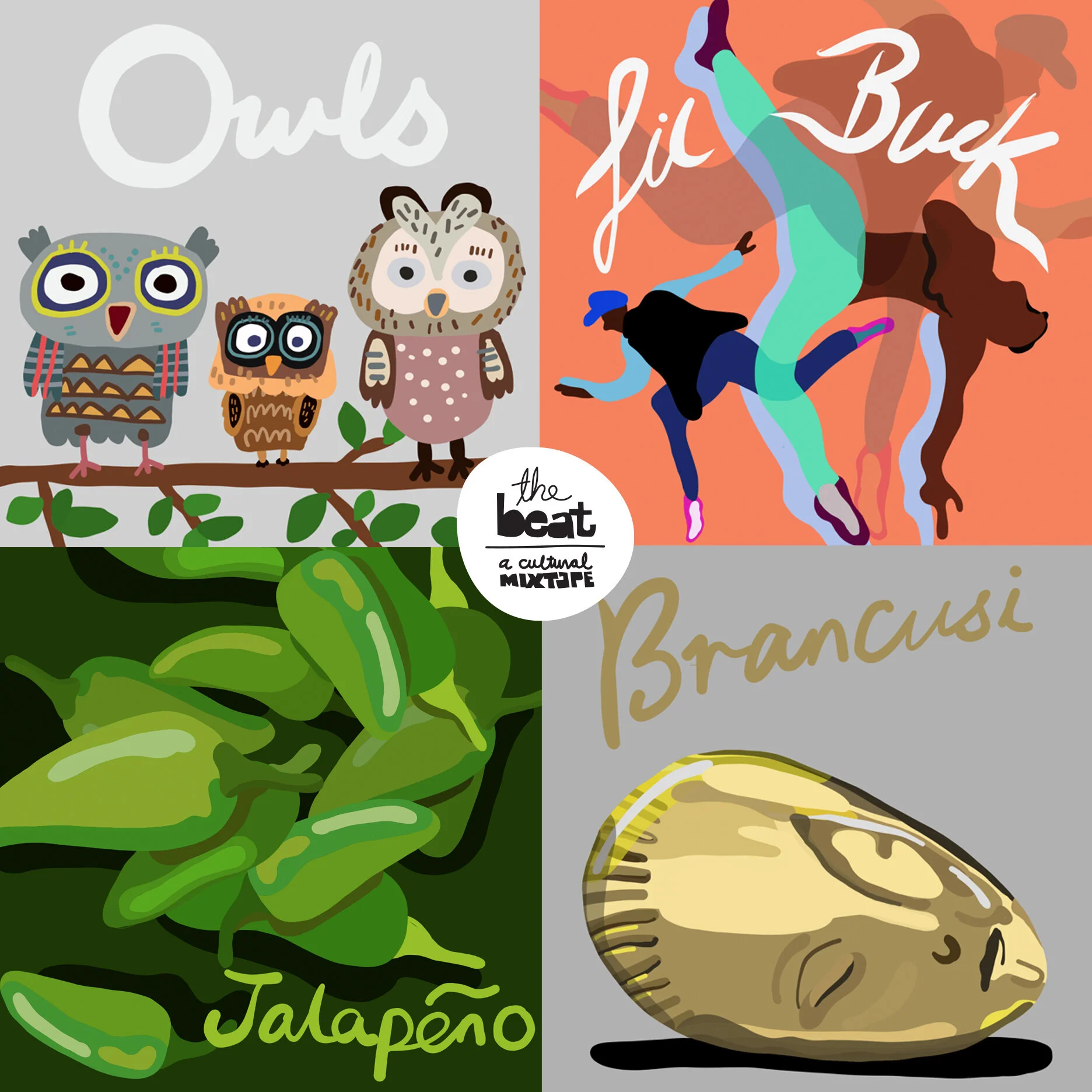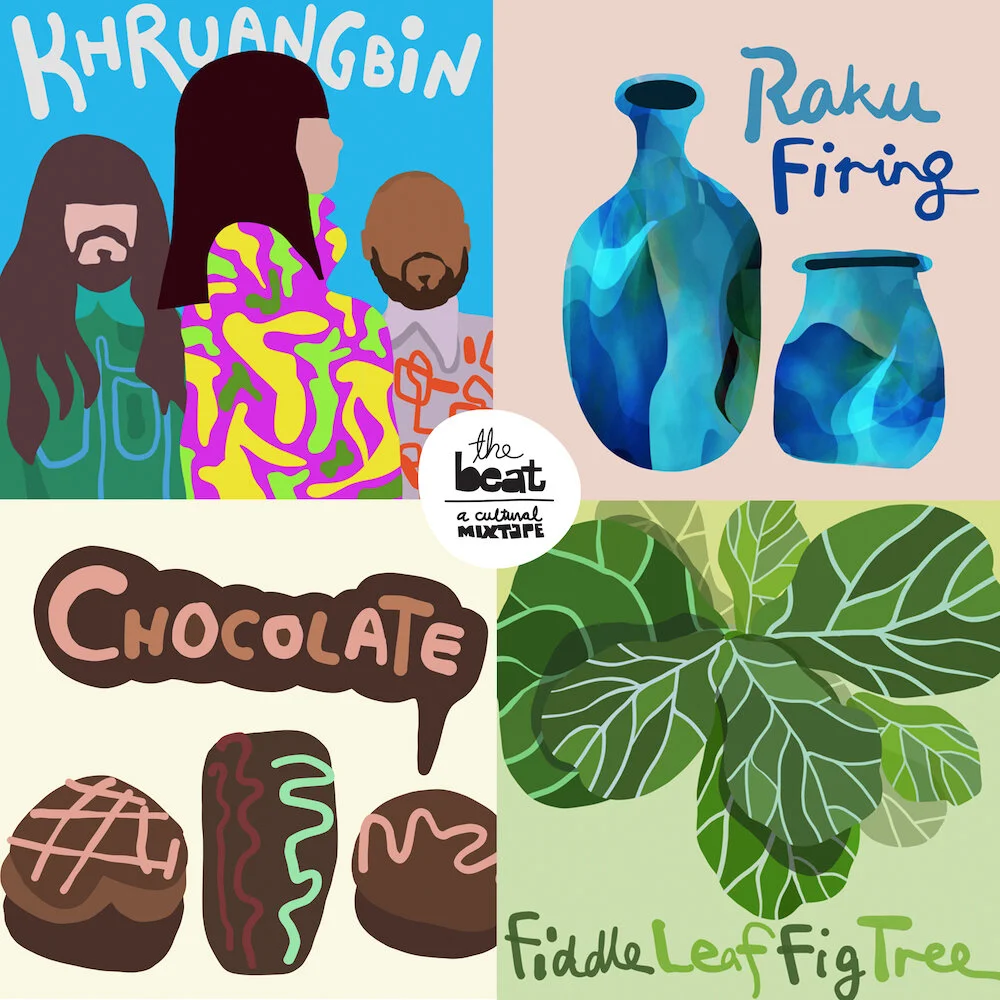The Beat #25: Smell, Knitting, Jackfruit and Chinatown(s)
This week’s artist, Say Lim, is an NYC-based designer and art director.
Smell
We don't always give our sense of smell the credit it’s due. Yes, it lets us know when cookies are baking or the coffee is brewing, but it also alerts us to gas leaks, smoke, and spoiled milk. Smell’s direct line to the limbic system means that it plays a huge role in mood, memory and emotion. Have you ever smelled something and immediately flashed back to childhood? Believe it or not, scent marketing (aka sensory branding) is actually a thing. The perfume industry, Starbucks, Burger King, movie theaters, the water in the Pirates of the Caribbean ride… all of these benefit from our strong emotional connection to smell.
Knitting
Although it has been growing in popularity again for a few years, 2020 was the year of the knitters. Although it isn’t as ubiquitous as it was in the 1950s, when nearly everything from socks to sweaters were knitted at home, it has become the pandemic hobby of choice, although one wonders at the gender gap. Today, everyone from Martha Stewart to Vogue is releasing knitting patterns, and the diversity of the community is now getting the visibility and respect it has been denied in the past.
Jackfruit
The biggest tree fruit in the world is a sustainable superfood. It’s nutritious and amazingly versatile. It’s grown in popularity outside Asia, predominately as a great meat substitute (a personal favorite is the jackfruit taco from Trejo’s Tacos), and this popularity has taken it from a bit of an overabundant nuisance in India to a valuable export. Celebrity chefs and vegan restaurateurs in the west love to dress it up as barbecue or chicken, but throughout Asia it has always been a steady ingredient even though, as writer Madhushree Ghosh says, “No Indian looks for meat substitutes if they’re vegetarian. That’s a western concept.”
Chinatown(s)
Most major American cities have or have at one time had a Chinatown. While we love them as bastions of culture and holdouts against the homogenization of America, we have to acknowledge that they were born in racism. Chinatowns exist because white Americans of the late 19th and early 20th centuries terrorized and excluded Asian immigrants so badly that they had to band together to protect themselves from attack (there were 153 anti-Chinese attacks in the 1870s–80s). Today, rampant development and gentrification have endangered many of our Chinatowns, although community associations continue to defend these culturally rich and, in spite of their founding, deeply American places.










